People involved
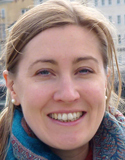
Gemma Carr
Stakeholder involvement and integrated water resource management

Michael Freiberger
Vintage models in socio-hydrology

Johanna Grames
Economic decision framework in socio-hydrology
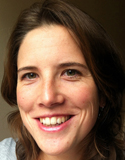
Linda Kuil
Socio-hydrology and systems analysis
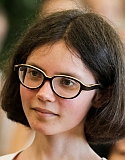
Julia Tanzer
Multi-dimensional optimization of phosphorus
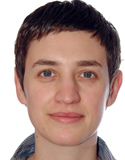
Ottavia Zoboli
Modelling the Austrian phosphorous budget
Selected publications
Carr, G. (2015) Stakeholder and public participation in river basin management - an introduction. WIREs Water, 2(4), 393-405.
Grames, J., Prskawetz, A., Grass, D., Viglione, A. and Blöschl, G. (2016) Modeling the interaction between flooding events and economic growth. Ecological Economics, 129, 193-209.
Kuil, L., Carr, G., Viglione, A., Prskawetz, A. and Blöschl, G. (2016) Conceptualizing socio-hydrological drought processes: the case of the Maya collapse. Water Resources Research, 52(8), 6222-6242.
Zoboli, O., Laner, D., Zessner, M. and Rechberger, H. (2015) Added values of time series in material flow analysis: The Austrian phosphorus budget from 1990 to 2011. Journal of Industrial Ecology, 20(6), 1334-1348.
Zoboli, O., Viglione, A., Rechberger, H., and Zessner, M. (2015) Impact of reduced anthropogenic emissions and century flood on the phosphorus stock, concentrations and stocks in the Upper Danube. Science of the Total Environment, 518, 117-129.
Zoboli, O., Zessner, M. and Rechberger, H. (2016) Supporting phosphorus management in Austria: Potential, priorities and limitations. Science of the Total Environment, 565, 313-323.
Research supervisors
Prof. Matthias Zessner
Prof. Helmut Rechberger
Collaborators
Dr. Adrienne Clement, Budapest University of Technology and Economics, Hungary
Dr. Ines Dombrowsky, German Development Institute, Germany
Prof. Bernd Hansjürgens, Centre for Environmental Research UFZ, Leipzig, Germany
Dr. Mark Honti, EAWAG, Switzerland
Prof. Marie-Noëlle Pons, University of Lorraine, France
Research › Water resource management
Appropriate management of water resources is critical to meet human and ecosystem needs for now and the future. This group explore how human activities influence water resource systems, and how these systems can be managed.
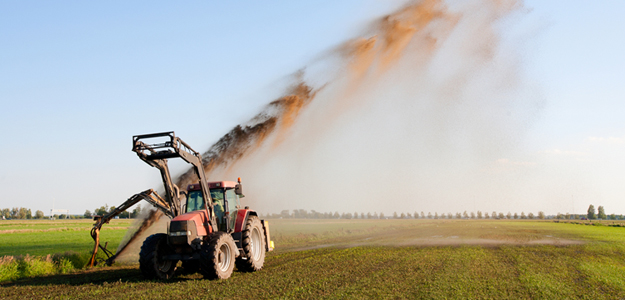
Phosphorous dynamics
Phosphorous is applied to agricultural land to optimise crop yields. After application it can reach streams and rivers where it can be detrimental for ecosystem health. However, phosphorous is also a limited resource. Understanding its dynamics, as both a threat and a resource, is a major research component of the management cluster group.
Adam Kovacs is modelling phosphorous movement through catchments to reach streams and rivers and identifying locations and strategies that may reduce phosphorous loss. Surprisingly, he found that changing the land management in a small percentage of a catchment can drastically reduce phosphorous concentrations in the stream (see Research highlight). Simon Thaler’s work has shown that a reduction in meat consumption in Austria could radically reduce water pollution by nitrogen and phosphorous. A proportion of the phosphorous is also taken up by crops and enters the food chain, where it will likely end up in the sludge fraction of a wastewater treatment plant. Lucas Egle’s research is exploring ways that phosphorous can be recovered from sewage sludge through physical and chemical techniques, and recycled in agriculture. His is developing a methodology to evaluate different phosphorous recovery techniques according to technical, economic and ecological criteria.
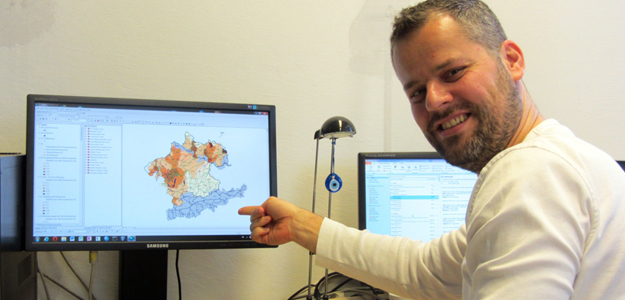
Alicja Sobantka’s is developing and testing the potential use of statistical entropy as a measure to assess the efficiency by which agricultural systems and wastewater treatment plants operate to minimise losses. Ottavia Zoboli is modelling phosphorous dynamics in Austria using material flow analysis to identify phosphorous fluxes, stocks and transformations.
This collection of work is emphasising both the challenges of phosphorous management, and the possibilities when a wide range of non-conventional strategies are considered (e.g. diet modification, recovery and recycling, farm scale management methods).
Informing policy
Eleni Yeshaneh is dealing with an issue that is extremely important in many parts of the world – land degradation due to deforestation, agriculture, and other pressures. Her research in the Blue Nile Basin in Ethiopia is exploring land use change using remote sensing and field work data (for example sediment load). She is predicting the extent and risk of soil erosion under various management strategies to assist in developing land management policies.
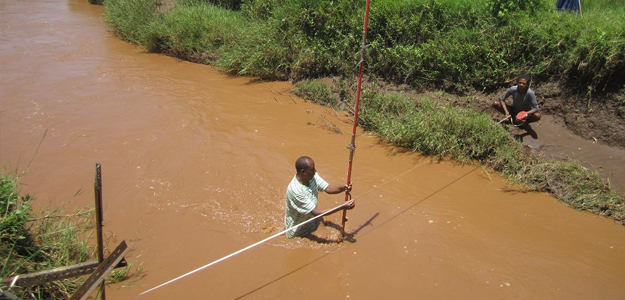
A very different situation has been examined by Katerina Schilling. She recently completed her PhD on river surface foam emitted by wastewater treatment plants. Studying foam formation processes in detail allowed her to develop a new foam index that describes foam potential in rivers. Her work contributed to the development of appropriate policy to address foaming problems in a transnational river system.
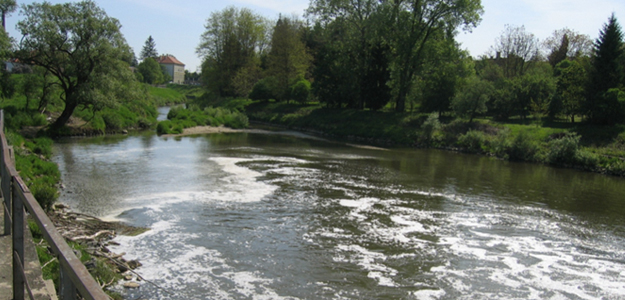
Water and people
Gemma Carr is exploring mechanisms of water governance, specifically how stakeholders and the public participate in water management. Her work is focussed around evaluating the value of involvement. Research findings have highlighted that changes in water quality or a reduction in conflict over water can be difficult to measure over short timescales. But intangible outcomes, such as innovation and trust are more easily measured and can be used to help derive effective and efficient integrated water resource management strategies.
Aspects of conflict and cooperation relating to water scarcity are being investigated by Linda Kuil who is developing a novel approach to model the interaction between humans and water (socio-hydrology). For example, how water scarcity affects socio-economics and how the socio-economic response further reduces or exaggerates water scarcity. Through examining these coupled responses for a variety of cultural and temporal settings, she is able to recognise similarities and differences, and suggest rationale for the relationships identified (see Modelling).
